From the Collective Narrative to the Singularities of North African Identities: A Dive into the World of Syncretical
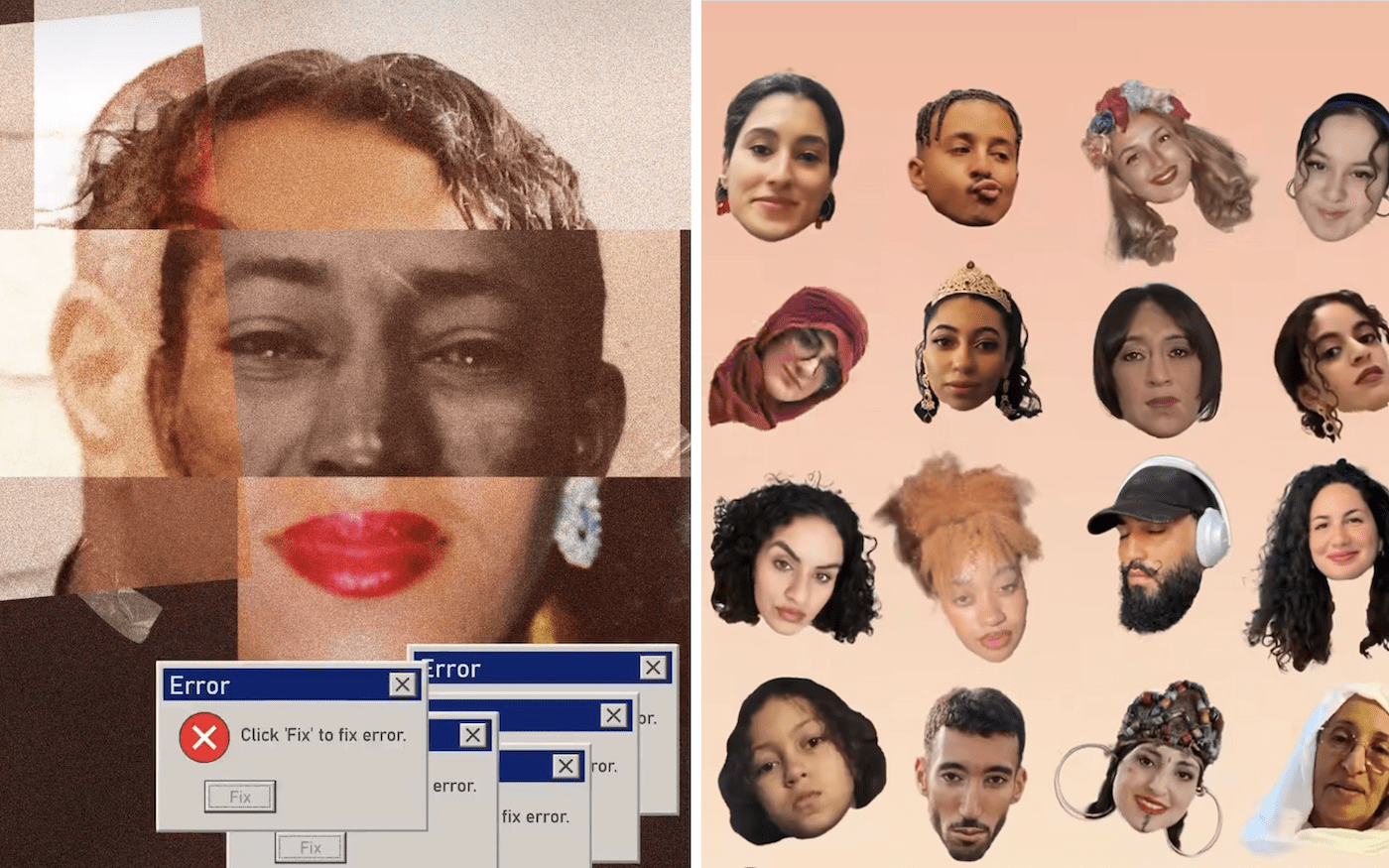
16 July 2024
Magazine C& Magazine
Words Solenne Sinapayen Sinamale
7 min read
The artist creates dialog between his North African heritage and his native French culture, merging traditions, pop culture, and philosophical teachings.
This year several Parisian museums are tackling the past and future of Arab narratives and modes of representation. The effervescence around this theme is an opportunity to explore the work of French multidisciplinary artist Syncretical, whose digital creations and poems provide new propositions for representing the experiences and stories of North African descents. Through his work, the artist looks for ways to project himself and individuals from different cultures as syncretical objects.
“To be North African is plural”.
He recently posted two collages on his Instagram to “fix the bug of the representation” of North African people. The first is a mosaic made up of pieces of the faces of family members, showing the singularities of North African genotype through an intimate lens: “To be North African is plural. On my mom’s side my relatives are rather dark skinned, whereas on my dad’s side they are light skinned and have green eyes.” Syncretical claims his belonging to the Amazigh people, native to northern Africa and consisting of several cultural groups settled in many countries from Morocco to Egypt as well as in Mauritania. The generic appellation “Arab” denies this plurality, while Amazigh have struggled to get recognition – even within North African countries.
The second collage is a poster of heads in motion which portrays young men and women originating from North Africa and the Middle East with a variety of styles. This time these individuals are given space to display how they commonly appear to the world: “The idea is to overcome the essentialist and caricatural image of the ‘French Arab’, says Syncretical about his work.
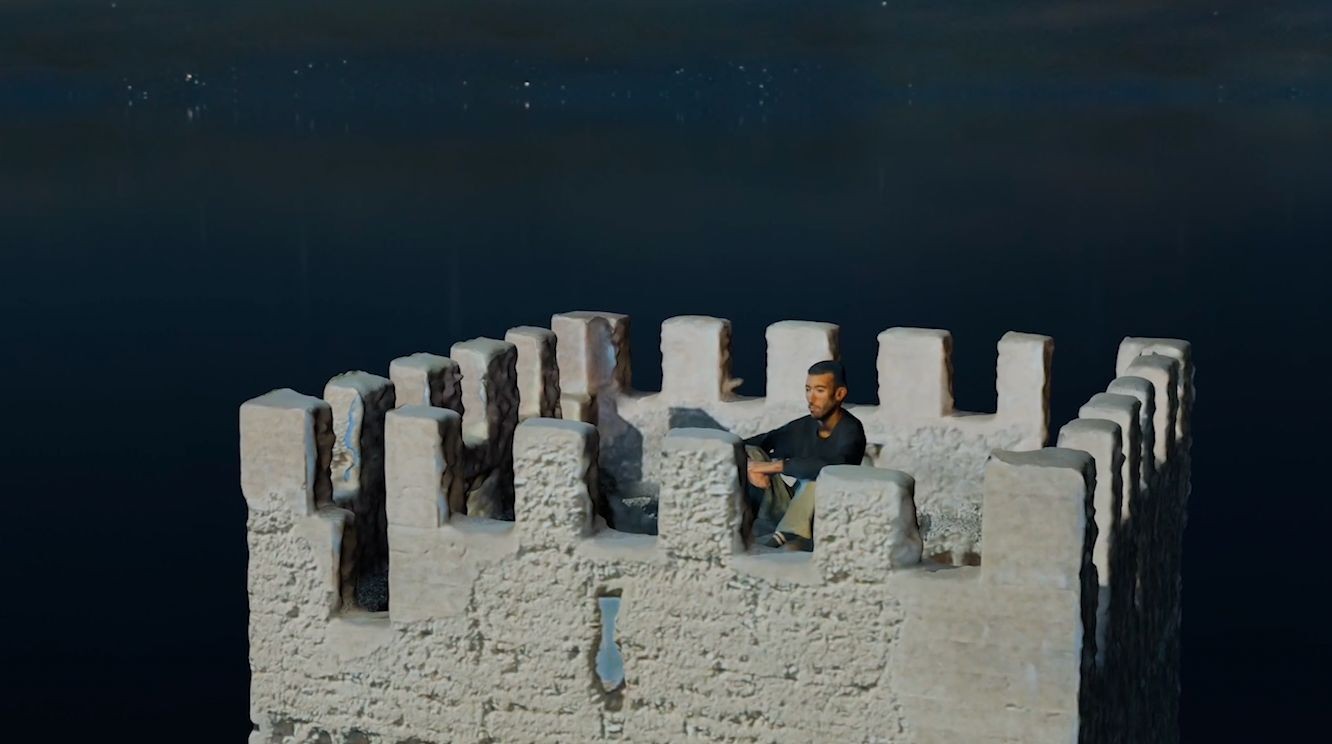
Syncretical, CyberKsar, 2024. Courtesy of the artist.
Lately, Syncretical has been experimenting with 3D techniques to dig further into self-representation and storytelling. From his fictional world “CyberKsar,” he allows his virtual twin to share his experience of religion. Being very much connected to his phone and social networks, the artist wondered how he could make his spiritual enlightenment from real life and that from his virtual world meet during the month of Ramadan. “When you pray or meditate, you settle in an infinite space. This virtual space has no physical boundaries, it is huge just like the world inside me. Now I have the opportunity to materialize that space thanks to 3D.” The virtual inner Ksar (fortress) is inspired by North African landscapes transmitted to the artist. His avatar evolves within his own stories and his own space of modest floating ochre buildings, overhung by terraces and parabolas.
“It felt natural to me to use Homer to introduce Gnaouas [healers] and Chouaffa [seers] on a Kanye West soundtrack”
This personal setting contrasts with Syncretical’s first artworks, which relied on well known myths. Syncretical Odyssey (2021) is a futurist rewriting of Homer’s The Odyssey which takes place 100 years from now. Flying saucers fly over African skies and Ulysses leaves the room to Younysse. The young hero meets hybrid Greek Gods who are wearing traditionnal wachem (tattoo), a language which was considered as repelling by westerners during colonization. Syncretical reflects on Syncretical Odyssey as the first step of his journey: “This work was me looking for my identity. It was more a superposition of cultural pieces which talk to each boarder of the Mediterranean Sea. It was also a matter of who I wanted to talk to. How can I tell my friends, and people like me who live in the western world, about the place where I come from? It felt natural to me to use Homer to introduce Gnaouas [healers] and Chouaffa [seers] on a Kanye West soundtrack. These are things that I know and like.” Syncretical uses these different aspects to guide the audience through his tale, but also works against classism in putting all these cultures at the same level. “My story is not something not to be touched,” he says. “It’s an alternative story for the people who need it.”
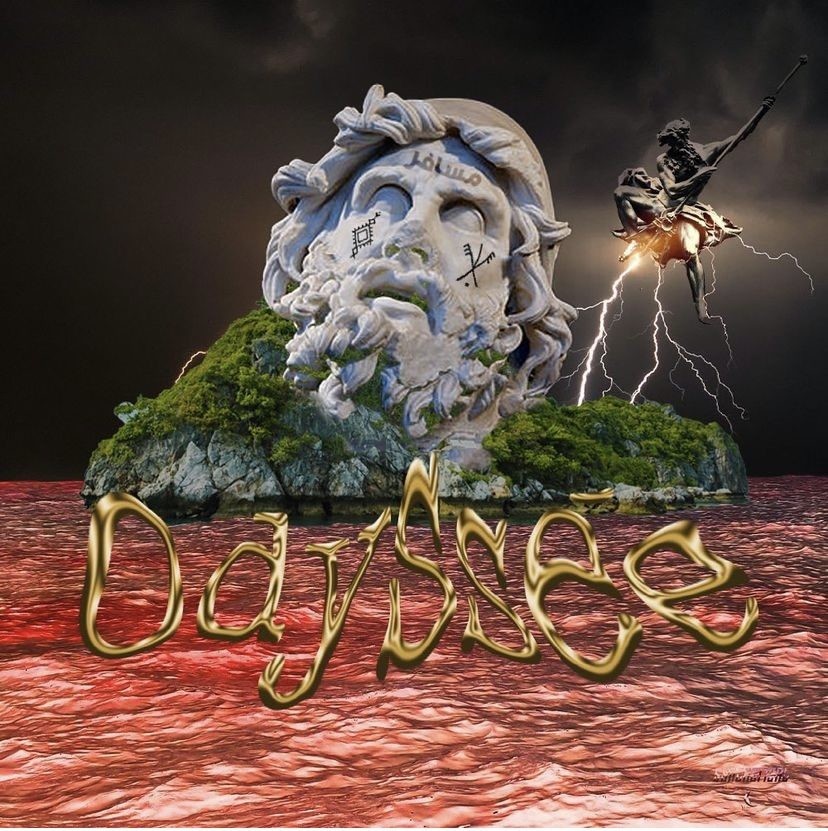
Syncretcial, Odyssée Syncretical, 2021. Courtesy of the artist.
Syncretical sees himself as a North African Futurist artist, as inspired by cultural movements such as Afrofuturism and Gulf Futurism. In 2012, artists Fatima Al Qadiri and Sophie Al-Maria described the concept of Gulf Futurism in Dazed magazine. Their photo series The desert of the unreal (2012) questioned the future of our consumption habits and what will remain of the places that symbolize consumerist ways of living, especially in the fast-developed Gulf region. From the mid to the late 20th century, a number of African-descendant artists, particularly African-Americans, have felt the necessity to imagine new histories for their people and for Africa. They have created new images and sounds involving the existence of advanced technologies, taking control of their narratives and shedding the burden of imperialism and capitalism in their representation.
This political approach is present in Syncretical’s work, which attempts to rehabilitate the representation of values such as power and independence around North African women and to introduce patience and transmission as cultural functions of Arab men, who are often represented as violent in Western media. Syncretical also reflects on the possible hybrid utopias which might take their source in North African villages, embodying cross-border exchanges and a starting point for sharing syncretism with the rest of the world.
https://www.youtube.com/watch?v=D2LxiCslQ80
To value these heritages, the artist always keeps a foot in the real world. He often collaborates with the cultural organization Kif Kif Bledi, which values and teaches dances from Morocco, Tunisia, Algeria, and Lebanon. In December 2023 the company was invited to Paris Institut du Monde Arabe to highlight Amazigh cultures. Syncretical’s video Moussem 2.0 (2023), displayed as an introduction to the dancers’ demonstration, mixed archives from Amazigh traditions with images of North African cities and hybrid characters. This panorama invited the audience to enter into a cultural communion thanks to an enchanting rhythm, before letting the dancers express their powerful energy through their bodies. This cooperative work is typical of Syncretical's approach, which embraces connection between different art forms.
Syncretical projects hybrid stories into the future to get back to the present. For the contemporary representation of his culture and characters such as Younysse, Syncretical always wishes for more exploration. According to him, to fix one’s identity would be the end of it: “We often think that we have to find the answer, but it doesn’t have to be. I like the idea that I can be different things at the same time. The most important thing is to keep going through different steps.” The ultimate goal for representation of North African descent, and of minorities’ stories on a larger scale, is to access the privilege of being free to navigate their different identities without constantly being reduced to one of them. Syncretical’s work takes us on a journey during which we balance the reappropriation of an external perception with our connection to an inner self, between the notions of individuality and community. The possibility for a young digital artist to invest in virtual imaginaries coupled with the accessibility of the social networks establish a fertile ground to develop the future of representations and place them just one click away.
Solenne Sinapayen Sinamale is passionate about visual arts and literature. She is interested in the relationship between cultural works and the construction of multicultural identities, especially in a French context. After hosting a cultural content page on Instagram for two years, she is now making a photo-writing project, ‘Le journal de ma mère’, which will be displayed in Paris in November 2024.
Read more from
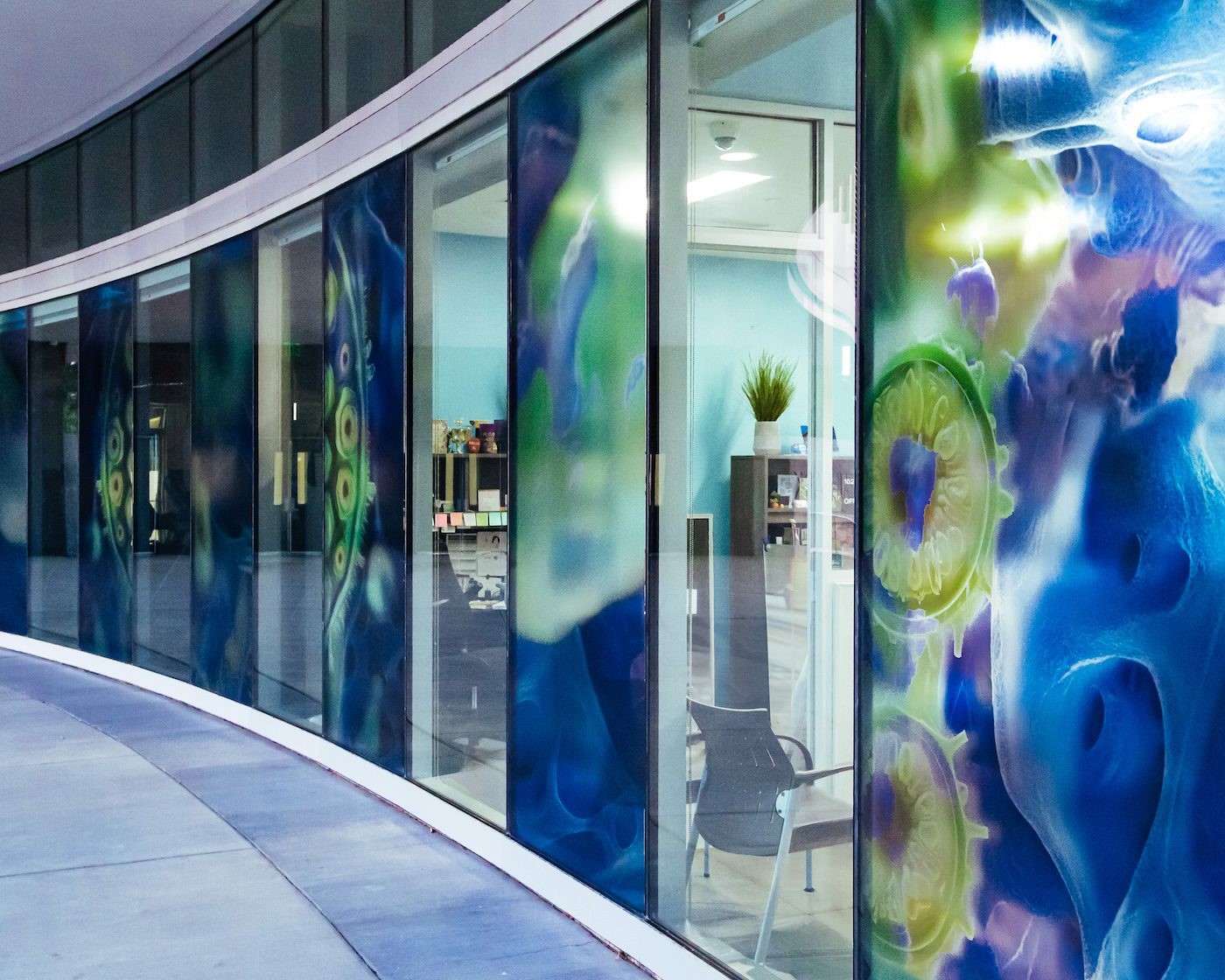
Jazsalyn’s A(spora): On the Gullah Geechee Corridor
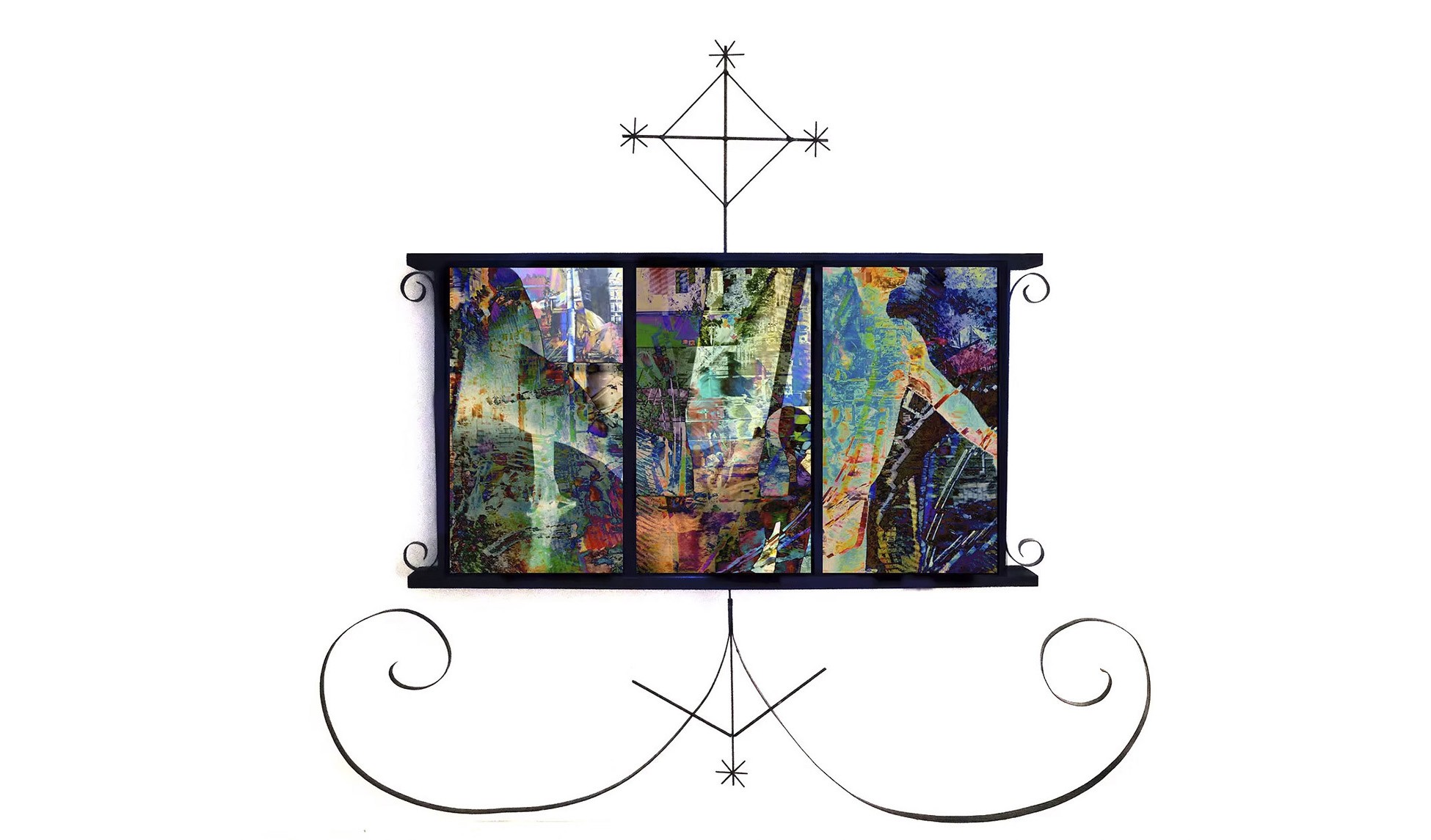
Denis Maksaens: Glitch and Representation in the Caribbean
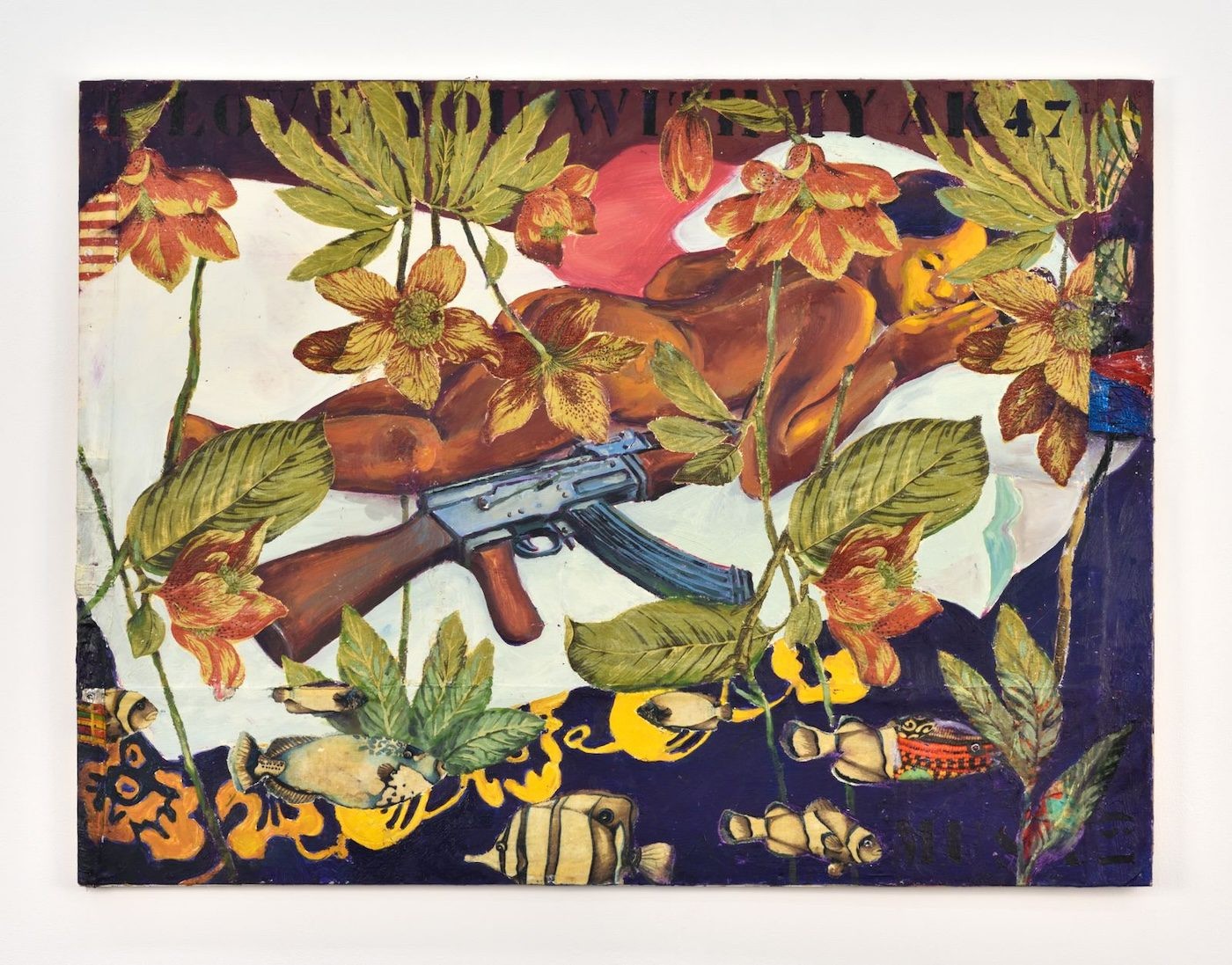
Sudan Art Archive Aims to Reclaim a Canon from Afar
Read more from
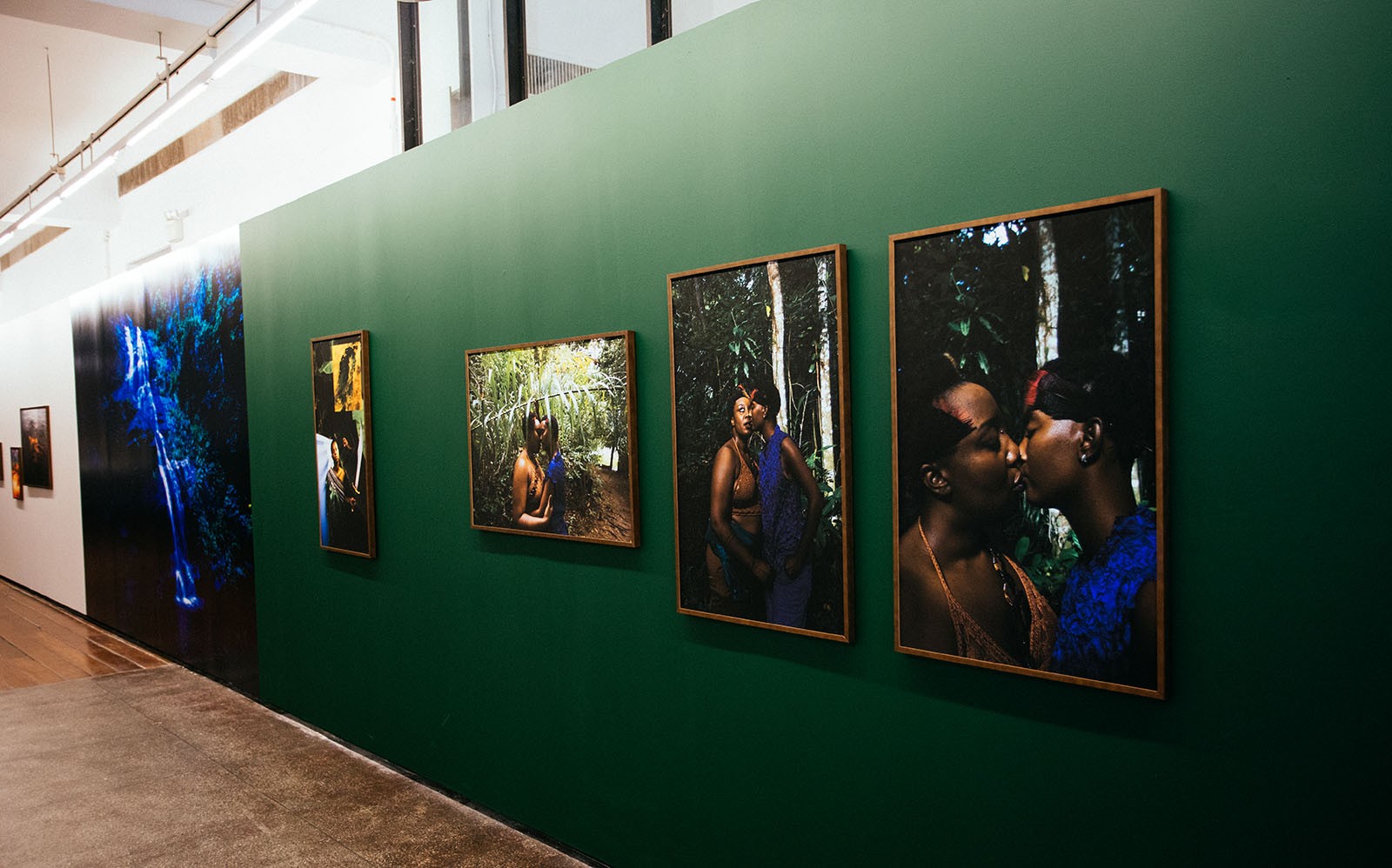
Flowing Affections: Laryssa Machada’s Sensitive Geographies
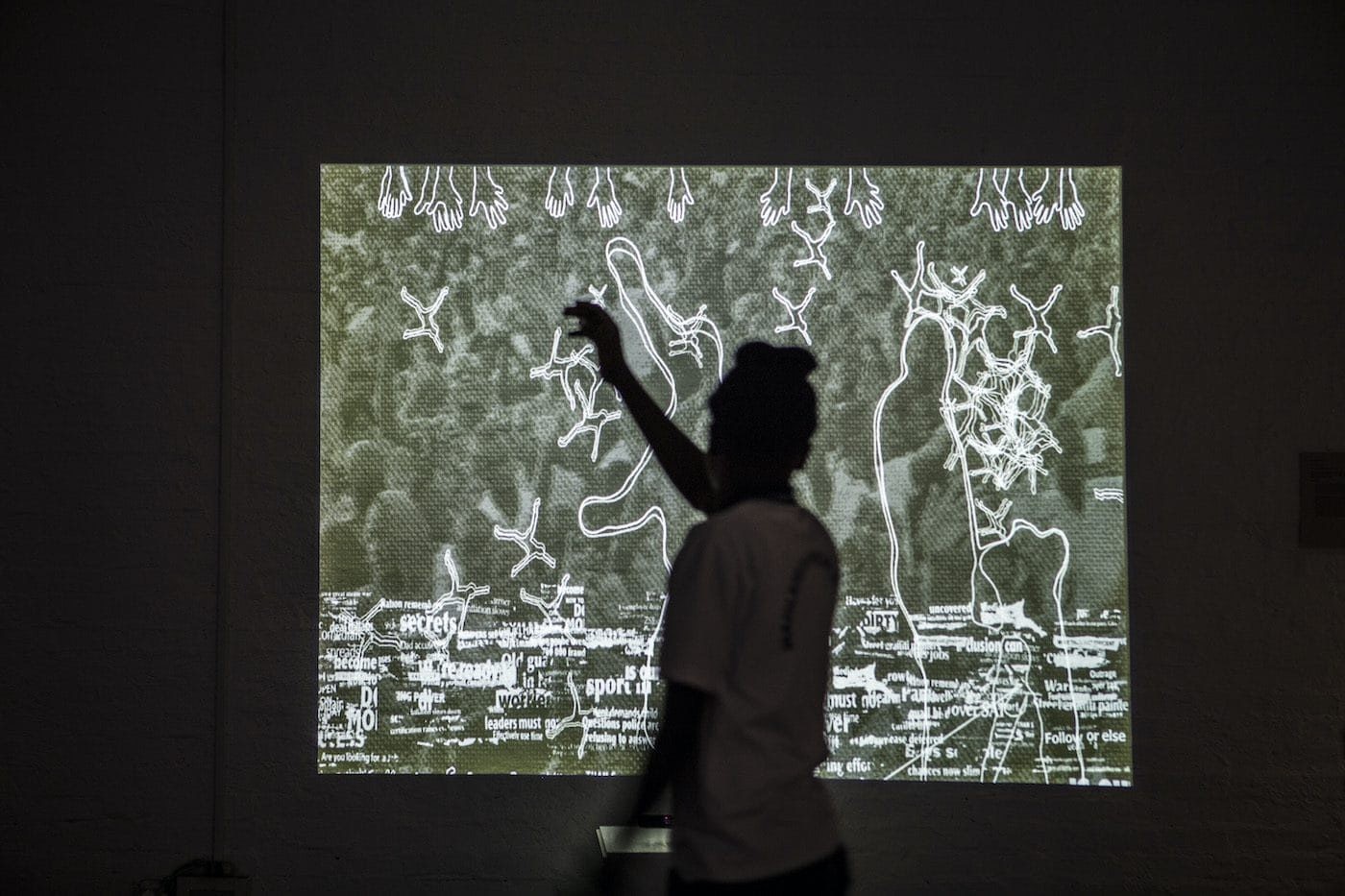
Kombo Chapfika and Uzoma Orji: What Else Can Technology Be?
